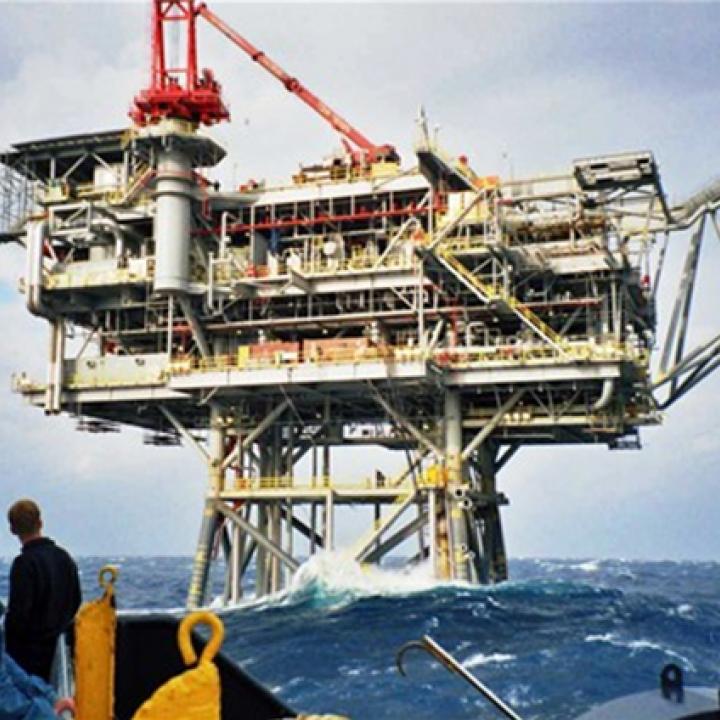

Agreement to develop a gas field off Gaza's Mediterranean coast could boost the peace process with Israel.
Palestinian and Israeli officials are believed to have agreed in principle on plans to exploit a gas field lying beneath 2,000 feet of water about twenty miles off the coast of the Gaza Strip. Known as "Gaza Marine," the field was discovered in 2000 but has not been brought onstream because of differences between the Palestinian Authority and Israel, along with the 2007 Hamas takeover of the strip.
Apparently, Israel agreed to allow the field's development more than a year ago. As reported by the Financial Times yesterday, the more recent progress toward a breakthrough also stems from diplomatic efforts to boost the Palestinian economy. Secretary of State John Kerry announced such efforts in May, with support from former British prime minister Tony Blair, who now represents the Middle East Quartet (i.e., the UN secretary-general, the United States, the EU, and Russia).
Currently, Israel supplies 95 percent of the West Bank's electricity, with Jordan providing the remainder. Some have proposed using the offshore gas to generate electricity in new West Bank power stations while also replacing an old fuel-oil-burning plant in Gaza. Royalties and revenues would boost the PA's budget and reduce the need for foreign aid.
Despite its location, the field belongs to the PA rather than the Hamas regime in Gaza. It was discovered by a British company, BG (formerly British Gas), which continues to hold the license. The PA, seeking a greater share of the revenues, is now negotiating a revised concession agreement with BG and another investor, Consolidated Contractors Company, a Palestinian-owned, Greek-based engineering group. Israeli acquiescence is needed for security reasons, since the gas lies in an area patrolled by the Israeli navy. Yet former prime minister Ehud Barak conceded ownership of the field to the Palestinians in 2001 as a goodwill gesture, adjusting the notional maritime boundary in the area so that the whole of Gaza Marine lies in Palestinian waters rather than crossing into Israel's Exclusive Economic Zone.
At around one trillion cubic feet (tcf), the field is a useful size for the Palestinian economy despite being dwarfed by Israel's own recent offshore discoveries (the Tamar field, located about fifty miles west of Haifa, is ten times its size and began production in March, while the nearby Leviathan field is even bigger at 19 tcf). Gaza Marine's reserves will probably last ten to twelve years, but bringing it onstream should encourage fresh exploration for additional fields.
Among the obstacles that may still need to be overcome is Hamas opposition. Following the overthrow of Egypt's Muslim Brotherhood government, Hamas lost support from Cairo, and the group's isolation seems to have increased optimism for the gas project. Even so, broader Palestinian popular support will be needed because the most commercially viable way forward requires substantial cooperation with the Israelis; this includes allowing them to buy some of the gas. The most obvious way to bring the gas ashore is by linking the field with Israel's nearby seabed pipeline structure, which connects with a gas processing plant outside Ashdod. From there the gas could be easily -- and cheaply -- piped into the West Bank. The Financial Times reported that the project would need capital investment of $1 billion and could be onstream by 2017.
Developing Gaza Marine could be a win-win-win for the West Bank, Gaza, and Israel, boosting the Palestinians' economic prospects and sense of self-determination. But in a region noted for zero-sum outcomes, further progress will likely require much diplomatic effort.
Simon Henderson is the Baker Fellow and director of the Gulf and Energy Policy Program at The Washington Institute.



